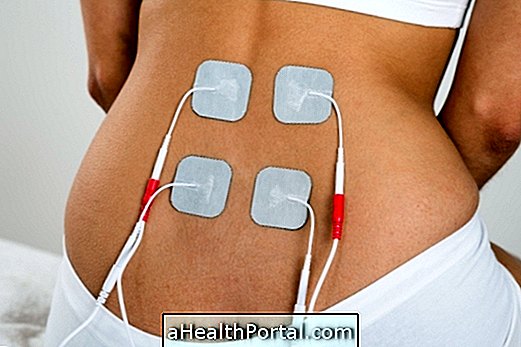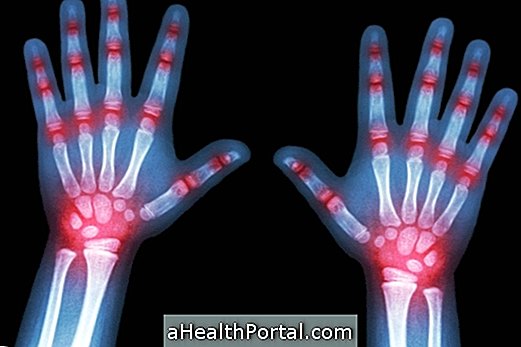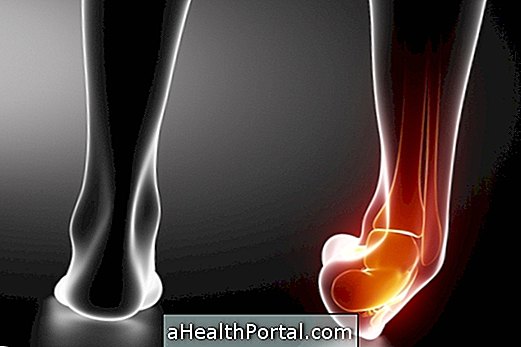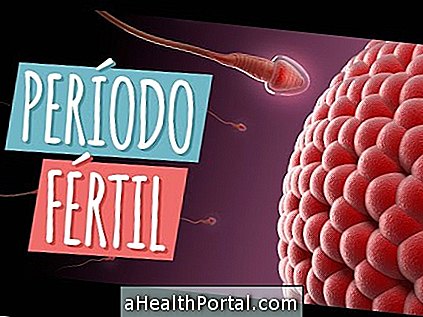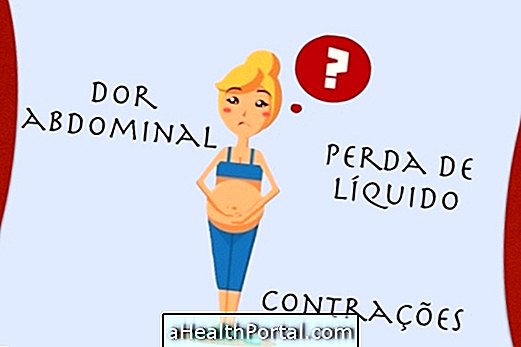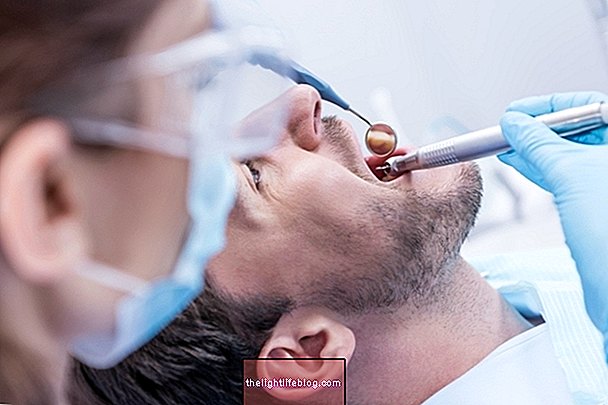Rickets is a disease that affects the development of children's bones, making them soft, brittle or deformed, causing symptoms such as problems with teeth, difficulty walking, and delayed development and growth of the child.
This disease can have several causes, but the most common involve vitamin D deficiency or calcium, and its treatment is done by taking multivitamin supplements directed by the doctor.
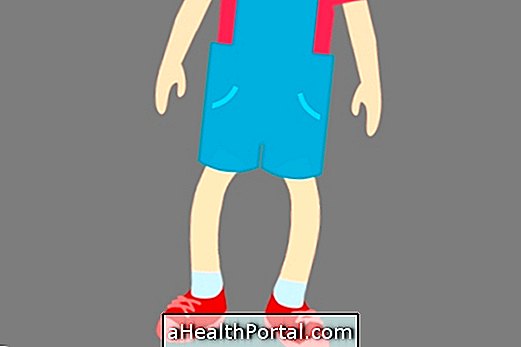
Main changes associated with Rickets
Some of the main symptoms of rickets include:
- Problems in teeth, such as delayed tooth growth or brittle enamel;
- Reluctance of the child to walk or easy fatigue;
- Delay in child development and growth;
- Weak bones, with a greater tendency to fractures.
In addition, in the most severe cases rickets can cause deformities in the skeleton, which may include arched legs, thickening and deformation of the wrists, ankles or knees, soft skull bones and changes in the structure of the spine. Know all the symptoms of Rickets by clicking here.
When there is also a lack of calcium in the body, other symptoms other than those mentioned, such as muscle spasms and cramps and tingling in the hands and feet, for example, may occur.
Causes of Rickets
The main cause of rickets is vitamin D deficiency, which affects the structure and development of bones. This is because calcium is best absorbed when there is intake of foods rich in vitamin D, so that when there is a lack of vitamin D its absorption is affected. In addition, rickets can also be caused by deficiency in calcium, which is critical for bone development.
There are also other rarer forms of rickets, which have their origin in genetic mutations or other conditions that affect how minerals and vitamins are absorbed by the body.
How did the Diagnosis
The diagnosis of rickets can be done by performing a physical examination, where the doctor assesses if the bones are soft or sore.
In addition, to confirm the diagnosis, the doctor may also order other tests, such as X-rays to the bones or blood tests that evaluate the amount of vitamin D and calcium in the blood.
How is the treatment done?
The treatment of rickets is based on the replacement of vitamin D in the body through the ingestion of multivitamin complexes or foods rich in vitamin D, such as cod liver oil, salmon, horse mackerel, boiled egg or canned sardines. See more vitamin D-rich foods in Vitamin D-rich foods. Also, another way to increase vitamin D levels in the blood is through daily sun exposure, and it is recommended to take 10 to 15 minutes of sunshine a day.

When rickets is caused by calcium deficiency, their replacement can be done by eating foods rich in calcium such as broccoli, cabbage or milk products such as milk, cheese and yogurt. See other calcium-rich foods in Foods rich in calcium.
When there is a risk of developing rickets
Any child can develop rickets, but the risk of this disease may be higher in:
- Children with dark skin, as they have higher vitamin D needs;
- Infants up to 4 years of age, since they need between 8.5 and 10 micrograms of vitamin D per day;
- Pregnant or breastfeeding women, who need to compensate for the natural nutritional requirements of these periods.
Young children are at a higher risk of developing this disease, as their rapid growth increases the vitamin D and calcium requirements needed for bone development and strengthening.
The best way to prevent the onset of rickets is by taking supplements rich in vitamin D indicated by your doctor or dietitian, just as it is important to follow a balanced diet and catch the sun whenever possible.

